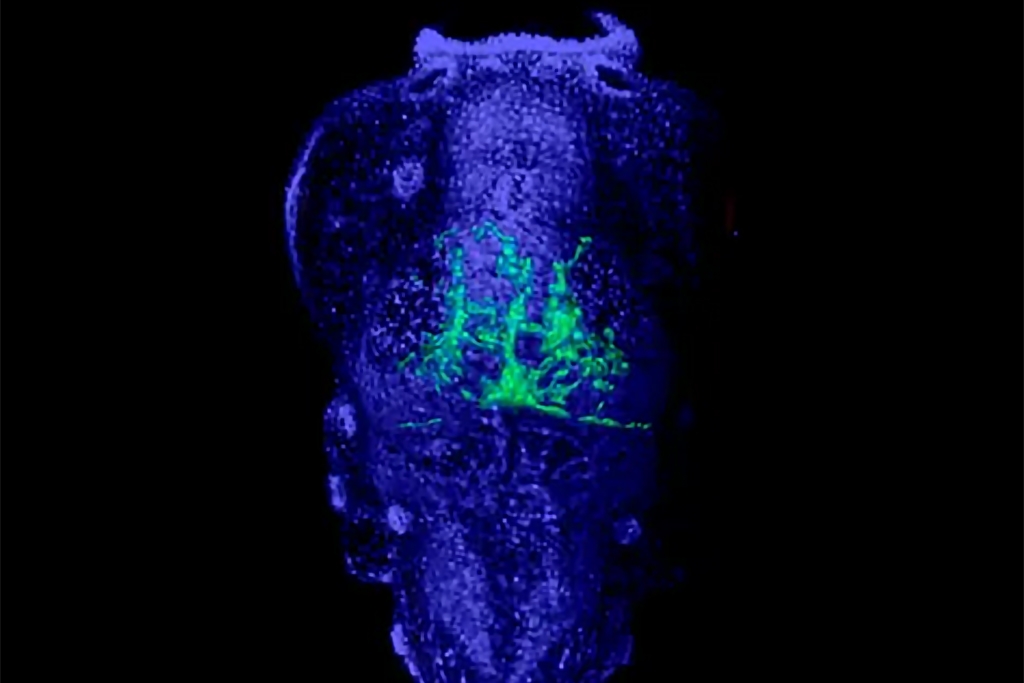Computer algorithm finds new therapeutic target for neuroblastoma
Based on a new algorithm, TargetTranslator, researchers from SciLifeLab were able to identify a new therapeutic target for neuroblastoma, a form of cancer in the sympathetic nervous system. The algorithm integrates data from tumour biobanks, pharmacological databases, and cellular networks.
Neuroblastoma is mainly affecting young children and is responsible for 15 percent of all childhood cancer-related deaths. With the new discovery, presented in Nature Communications, children with advanced stage neuroblastoma might have a chance to be cured.
The new treatment, suggested by the algorithm, targets CNR2 (cannabinoid receptor 2), a gene that has never been investigated as a therapeutic target for neuroblastoma before.
“We were astonished when the algorithm came up with completely new ideas for treatment, such as CNR2, that no one has ever discussed in this context. So we decided to investigate this further in the lab” says Sven Nelander (SciLifeLab/UU), who is in charge of the study, in a press release from Uppsala University.
The new treatment has already been tested on cell samples from patients and in animal models. In both instances the cancer cells’ survival rate declined and tumor growth in zebrafish decreased when treated with a substance that stimulates CNR2.
The computer algorithm has also been adjusted so that it can be applied to other types of cancer.
“Smart algorithms will be increasingly important in cancer research in the years ahead, since they can help us scientists to find unexpected angles. We’ve already started a major project here in Uppsala, in which several types of cancer in children and adults will be investigated this way. Our hope is that this can result in more unexpected treatment options” says Sven Nelander.
Photo: Zebrafish with tumor cells (green). Credit: Elin Almstedt (First author, UU)





